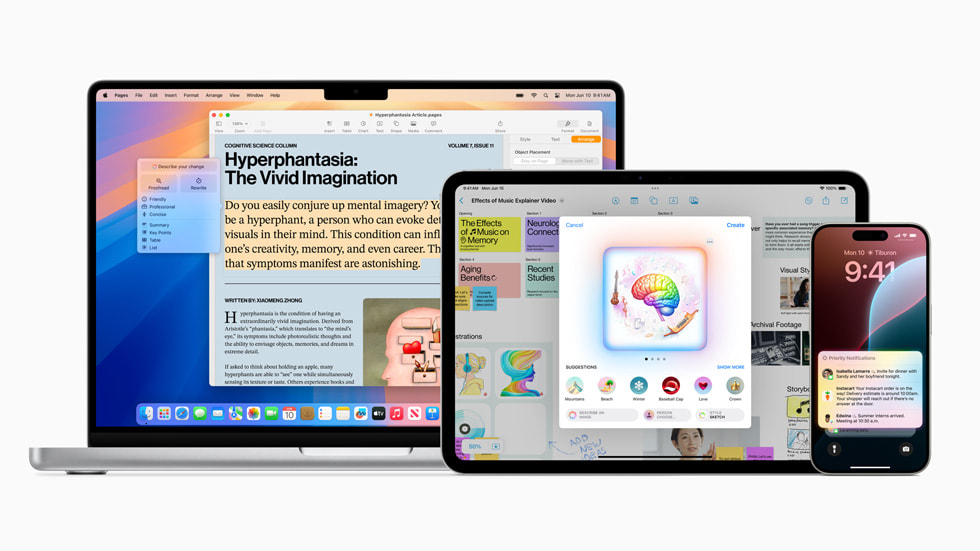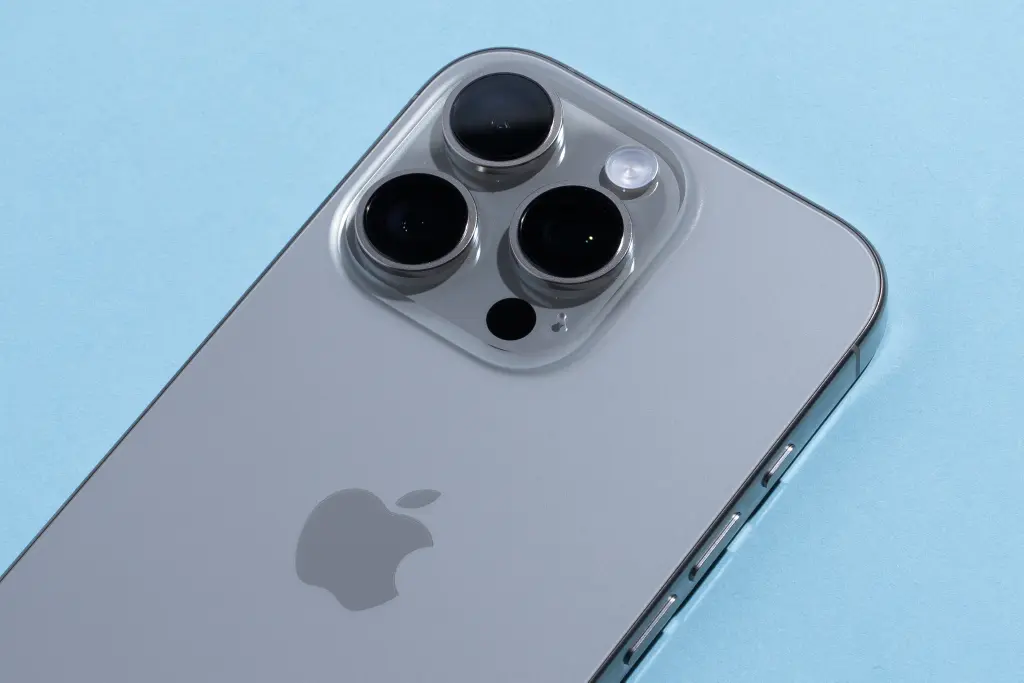Apple just announced big updates to help people with disabilities use their devices better. These changes come in time for Global Accessibility Awareness Day on May 13. From saving your voice to reading tiny text, here is what is new.

Personal Voice: Save Your Voice in Minutes
Personal Voice is a tool that lets people create a computer version of their voice. This helps those who might lose their ability to speak, like people with ALS. Before, you had to record 150 sentences and wait a day. Now, you only need to say 10 sentences, and it takes less than a minute.
- How it works
You read simple phrases like “I love pizza” into your iPhone. The phone uses its own brain (no internet needed) to learn your voice. - Why it matters
You can still sound like yourself when talking to family or friends. Your voice stays safe on the device, so no one else can use it.
See Better With Magnifier for Mac
Magnifier for Mac is also useful if you find it difficult to read small text. Connect your iPhone with the help of the Mac device and employ the camera of your phone to zoom in on the things that are whiteboards or books. You can enlarge the text, change the colors, or correct blurry words.
For example, a student in class can point their iPhone at the board. The Mac shows the notes clearly, even if the student sits far away.
Read Easier With Accessibility Reader
The Accessibility Reader turns any text into a format that works for you. Take a picture of a book page with your iPhone. Then, adjust the font size, colors, or background on your Mac. This helps people with dyslexia or poor eyesight.
Help for Tinnitus and Hearing
- Tinnitus Relief
Apple added new sounds to help with ringing in the ears. You can pick ocean waves or rain noises and set how long they play. - Live Listen on Apple Watch
This tool sends sounds from your iPhone’s microphone to your AirPods. Now, it shows live captions on your Apple Watch, so you can read what people are saying.
Braille and App Store Upgrades
- Braille Access
Braille users can now open apps, write notes, or do math using their preferred Braille style. It works with over 70 Braille devices. - Accessibility Nutrition Labels
Apps in the App Store will show labels explaining their accessibility features. For example, does the app work with VoiceOver? Can you make the text bigger?
Easier to Use With Eye Tracking
People who control their iPhone or iPad with their eyes get new options. You can tap by staring at a button (called “dwell”) or use a physical switch. This helps those who cannot touch the screen.
Share Your Settings
If you borrow a friend’s Apple device, you can temporarily share your accessibility settings. For example, your bigger text or voice commands will work on their iPhone.
When Can You Get These Features?
Apple says these updates will come later this year, likely with iOS 19 and new macOS versions. Developers will learn more at Apple’s WWDC event in June.

Why These Updates Matter
Apple wants everyone to use their devices, no matter their abilities. Tools like Personal Voice keep your identity, while Magnifier helps you learn or work. As Apple’s accessibility team says, “Technology should adapt to you, not the other way around.”




